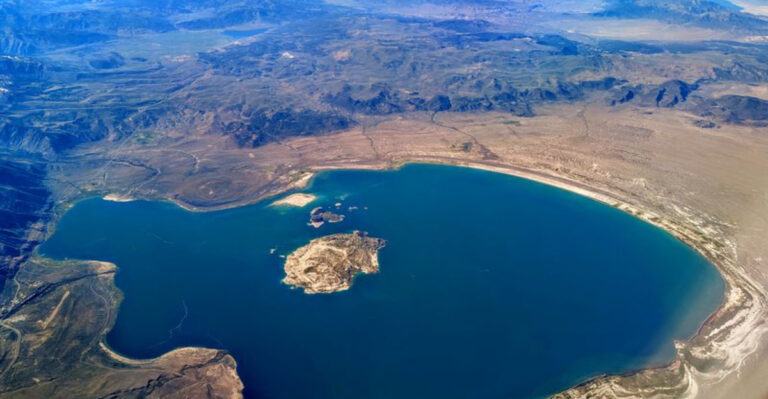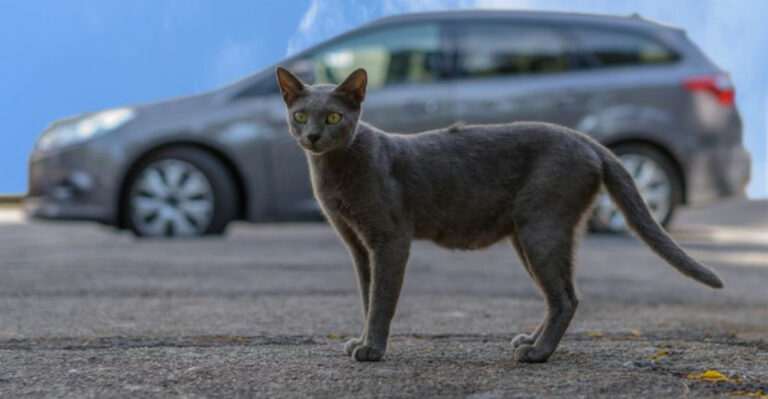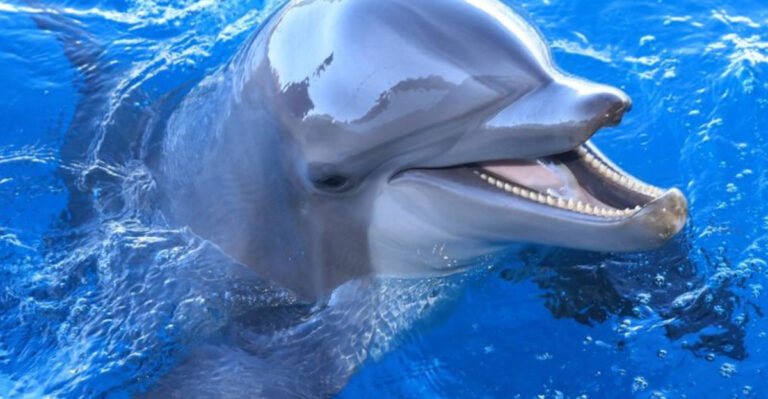14 Amazing Animals That Came Back To Life After Being Frozen
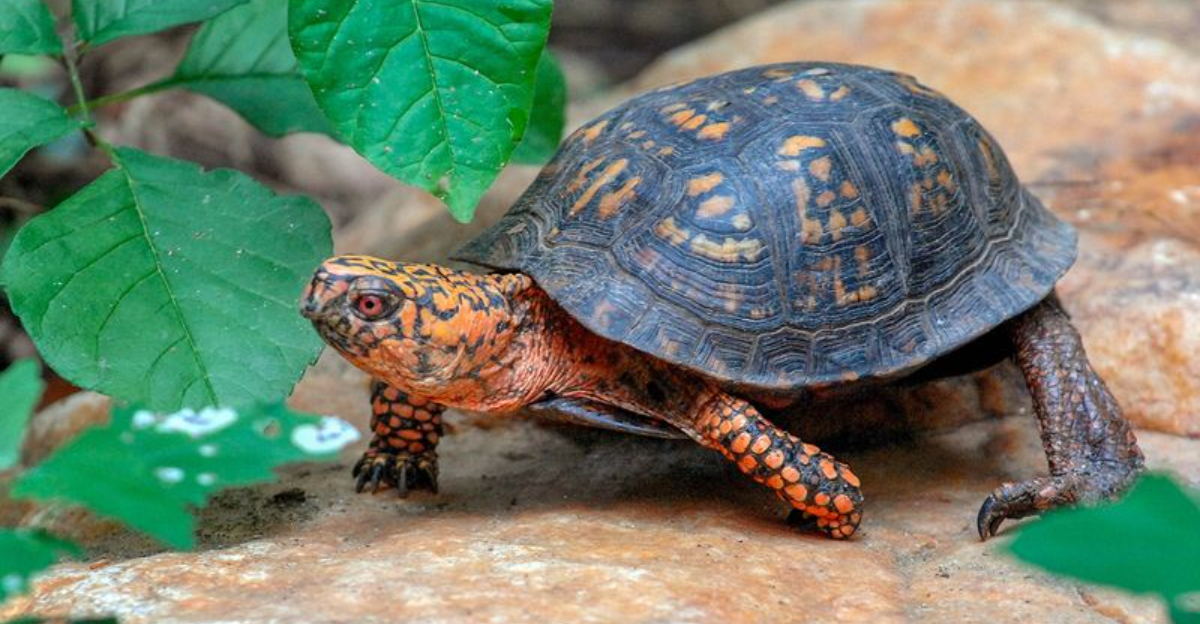
The animal kingdom never ceases to amaze us with incredible survival stories. Some creatures possess remarkable abilities to withstand extreme conditions that would kill most living things.
Perhaps most mind-blowing is the capacity certain animals have to survive being completely frozen and then return to life when thawed.
These extraordinary comebacks challenge our understanding of life and death in the natural world.
1. Wood Frogs
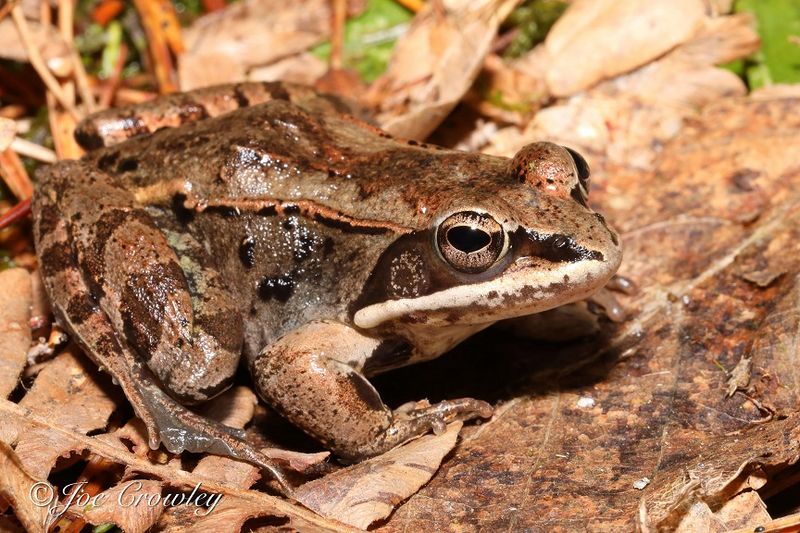
Wood frogs transform into living ice cubes each winter, with up to 65% of their bodies freezing solid. Their hearts stop beating, blood stops flowing, and breathing halts completely. Special proteins in their blood act like antifreeze, protecting vital organs from ice damage.
When spring arrives, these remarkable amphibians thaw from the inside out. Their hearts begin beating again before ice has even melted from their skin. Within hours, they’re hopping around as if nothing happened!
Scientists study wood frogs hoping to apply their freezing abilities to human organ preservation for transplants. These small creatures might hold the key to revolutionary medical breakthroughs.
2. Arctic Ground Squirrels
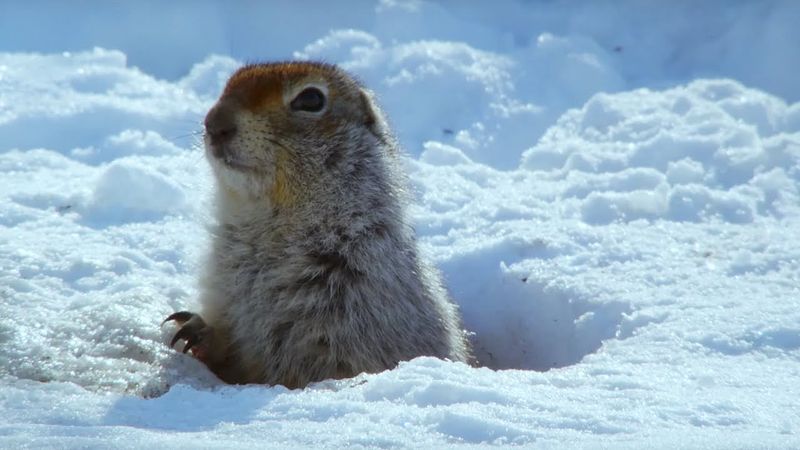
Arctic ground squirrels perform a biological miracle each winter. These fluffy creatures allow their body temperatures to drop below freezing – the only known mammal capable of this feat. Their brain activity nearly flatlines while their blood continues flowing thanks to natural antifreeze compounds.
During their eight-month hibernation, these squirrels essentially become popsicles. Their body temperature can plummet to 26°F (-3°C), which would cause fatal ice formation in most mammals.
When spring arrives, they somehow rewarm themselves without external heat sources. Their metabolism kicks into overdrive, generating heat through muscle contractions similar to shivering.
3. Tardigrades
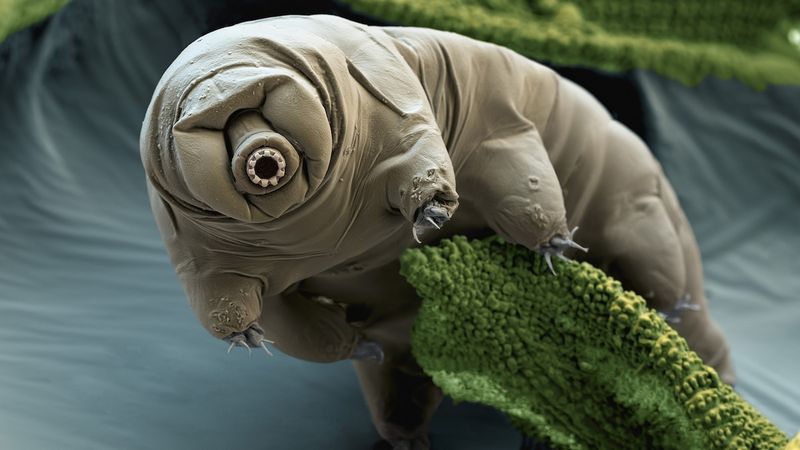
Tardigrades might be the toughest animals on Earth despite being smaller than a grain of sand. These eight-legged micro-animals, nicknamed “water bears,” can survive being frozen for decades by entering a state called cryptobiosis – essentially shutting down all metabolic processes.
When frozen, tardigrades replace water in their cells with a special sugar called trehalose. This prevents destructive ice crystals from forming inside their tiny bodies. They’ve survived temperatures near absolute zero (-458°F/-272°C) in laboratory tests!
After thawing, they simply rehydrate and continue their lives as if nothing happened. Scientists have successfully revived specimens frozen for over 30 years.
4. Painted Turtle Hatchlings
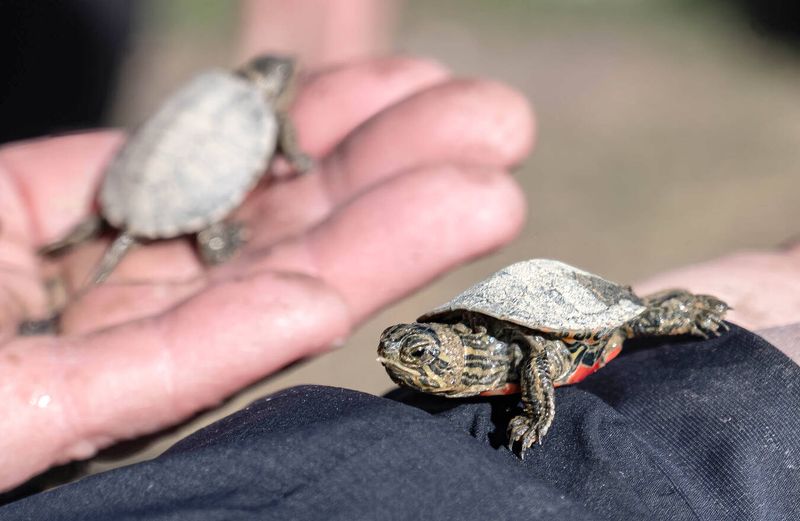
Baby painted turtles perform an astonishing feat before they even leave their eggs. Hatching in autumn but remaining underground until spring, these tiny reptiles survive winter temperatures as low as 20°F (-6°C) while completely frozen solid.
Their survival depends on specialized liver cells that pump their bodies full of glucose – a natural antifreeze. Unlike adult turtles who survive underwater by absorbing oxygen through specialized skin patches, these babies endure freezing with no heartbeat or breathing for months.
Come spring, they thaw out, dig themselves up, and waddle to water as if nothing unusual happened. Their brains remain perfectly preserved despite the freezing process.
5. Alaskan Darner Dragonflies
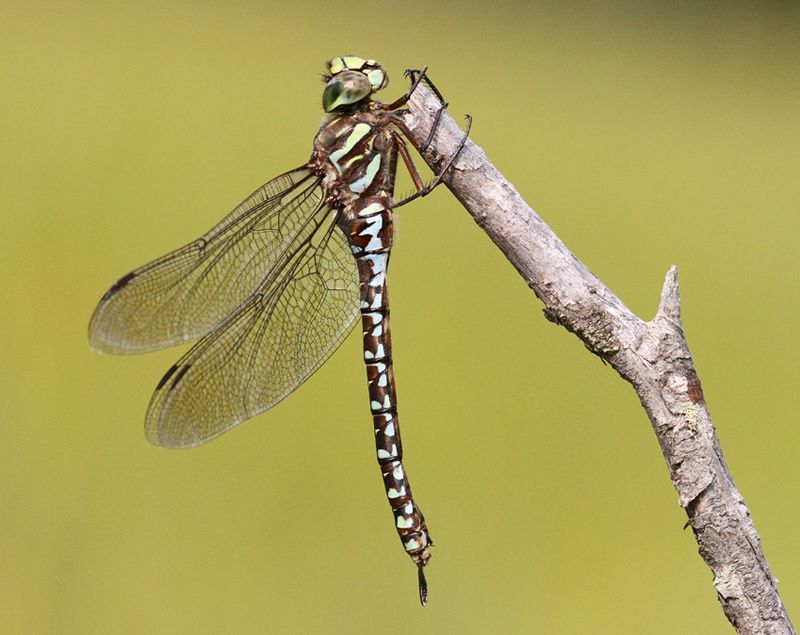
Alaskan darner dragonfly larvae spend their early lives underwater in shallow ponds that freeze solid each winter. These remarkable insects survive being completely encased in ice for months at a time, with their bodies freezing through entirely.
Unlike some cold-tolerant creatures that prevent freezing, these larvae allow ice to form between their cells while protecting the cells themselves. Their metabolism slows to near-zero, placing them in suspended animation until spring thaw.
When temperatures warm, they simply pick up where they left off, continuing to hunt and grow. This cycle may repeat for several years before they emerge as adult dragonflies, having survived multiple complete freeze-thaw cycles.
6. Antarctic Midge
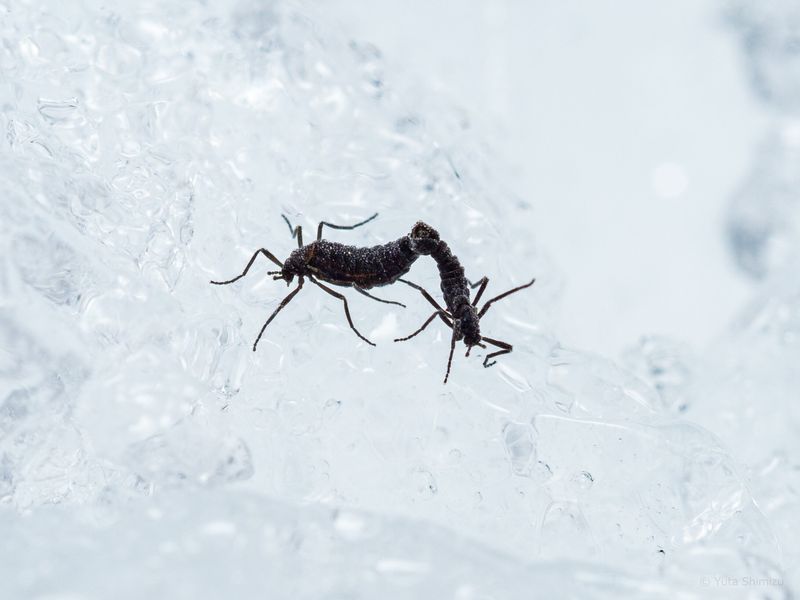
The Antarctic midge holds the title of Antarctica’s only native insect, surviving where virtually nothing else can. These tiny flies spend most of their two-year lifecycle as larvae, freezing solid for up to 10 months annually in the harsh polar environment.
Their survival secret lies in their ability to lose up to 70% of their body water when temperatures drop. This dehydration strategy, combined with natural antifreeze proteins, prevents lethal ice crystal formation within their cells.
When temperatures rise above freezing, these resilient insects thaw out and become active again within hours. Adults live just 7-10 days, focusing entirely on reproduction before the next freezing cycle begins.
7. Upis Beetles
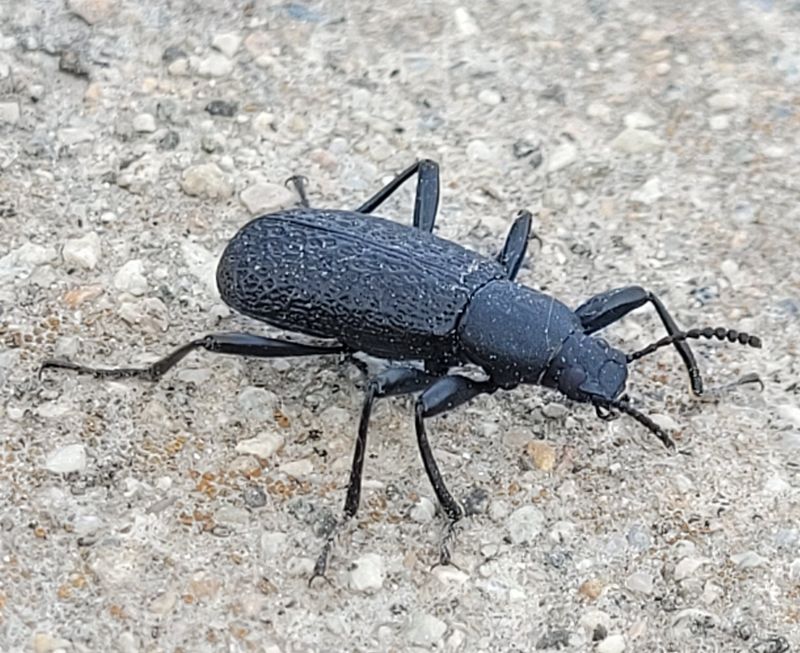
Upis beetles survive Alaskan winters where temperatures plummet to -60°F (-51°C) through an extraordinary adaptation. These remarkable insects produce specialized proteins that bind to developing ice crystals, preventing them from growing large enough to damage cells.
Unlike many cold-hardy creatures, these beetles don’t replace their body water with alternative compounds. Instead, they manage ice formation itself, allowing them to revive perfectly after months of being frozen solid.
Scientists at the University of Notre Dame discovered these beetles can survive immersion in liquid nitrogen (-320°F/-196°C) and still recover completely upon warming. Their specialized antifreeze proteins have inspired medical researchers developing better organ preservation techniques.
8. Spring Tails
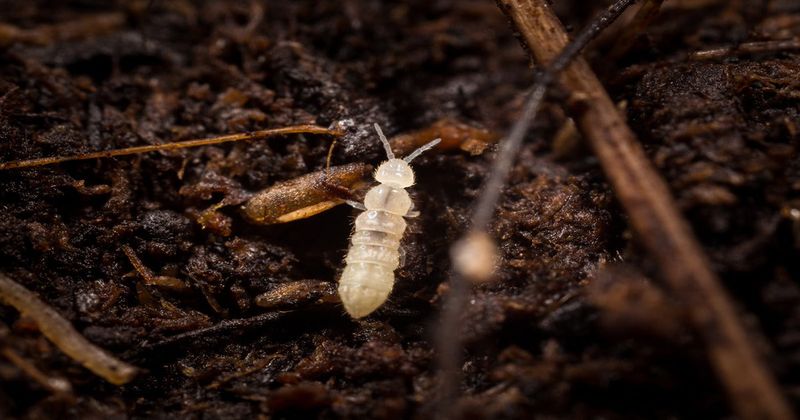
Spring tails aren’t actually insects but primitive hexapods that have mastered the art of freezing survival. These tiny soil-dwelling creatures, named for the spring-loaded appendage that helps them jump, can survive complete freezing of their bodies for extended periods.
When temperatures drop, spring tails produce glycerol – the same compound found in automotive antifreeze – to protect their cells. They also undergo controlled dehydration, removing water that could form damaging ice crystals.
Antarctic species have been observed surviving temperatures as low as -112°F (-80°C) before thawing back to activity. Their remarkable cold tolerance allows them to thrive in polar regions where few other animals can survive.
9. Siberian Salamanders
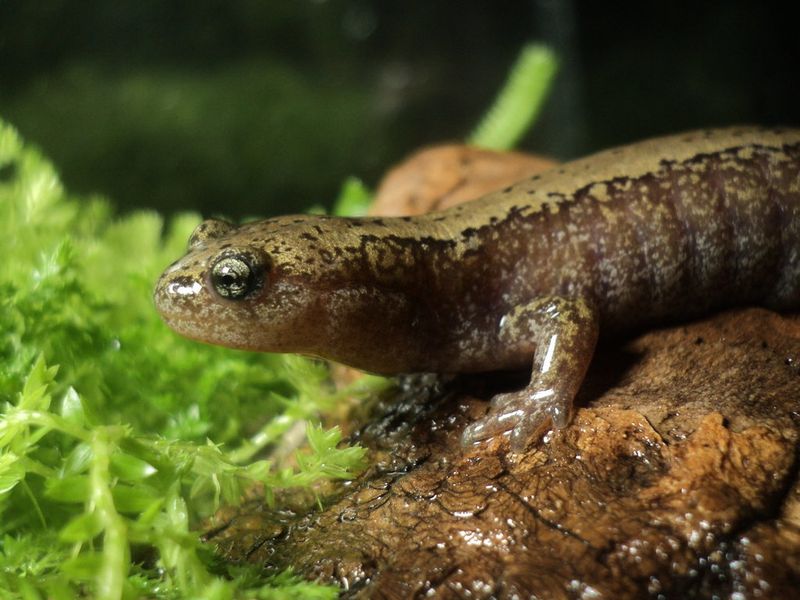
Siberian salamanders take cold tolerance to extremes that border on science fiction. These remarkable amphibians have reportedly survived being frozen in permafrost for decades or possibly even centuries, though exact timeframes remain debated among scientists.
Russian researchers documented specimens reviving after 90 years in ice, though these findings await further verification. The salamanders produce complex sugars that replace water in their cells, preventing damaging ice crystal formation.
Unlike many freeze-tolerant animals, these salamanders can survive multiple freeze-thaw cycles in a single season. Their incredible adaptation allows them to thrive in regions where temperatures remain below freezing for most of the year.
10. Eastern Box Turtles
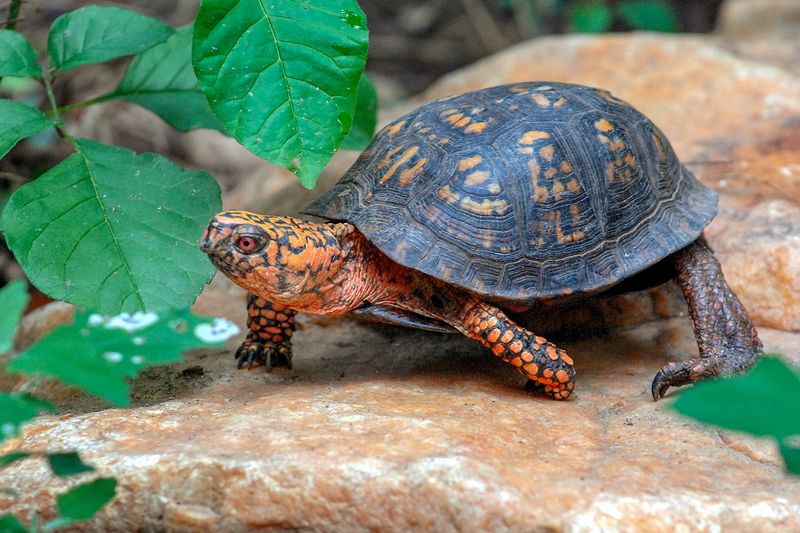
Eastern box turtles possess the remarkable ability to survive being partially frozen during harsh winters. These common North American reptiles burrow into leaf litter and soil before cold weather hits, but they don’t go deep enough to escape freezing temperatures.
When their bodies partially freeze, these turtles enter a state of suspended animation. Their hearts stop beating and breathing ceases entirely. Special adaptations allow ice to form in their body cavities and between organs without damaging vital tissues.
Come spring, they thaw from the inside out, with their hearts beginning to beat before ice has fully melted from their shells. Within hours of complete thawing, they resume normal activity, seemingly unaffected by their frozen months.
11. Alaskan Wood Frogs
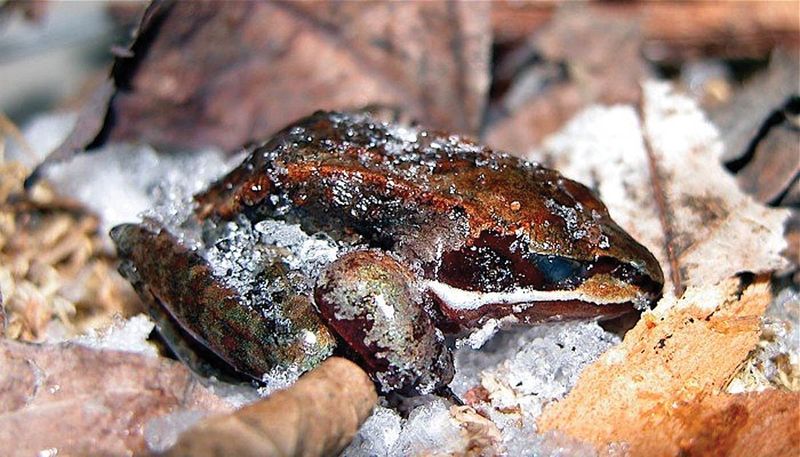
Alaskan wood frogs take freeze tolerance to extraordinary levels, surviving being frozen solid at temperatures as low as 0°F (-18°C) for up to seven months. During winter, these amphibians stop breathing, their hearts cease beating, and ice crystals form throughout their bodies.
The secret to their survival lies in massive glucose production. Their livers pump this natural antifreeze throughout their tissues before freezing, increasing blood glucose levels up to 100 times normal. This prevents complete dehydration of cells when ice forms.
Researchers at the University of Alaska found these frogs can survive multiple complete freeze-thaw cycles within a single winter. Each spring, they simply thaw out and hop away as if nothing happened.
12. Golden-crowned Kinglets
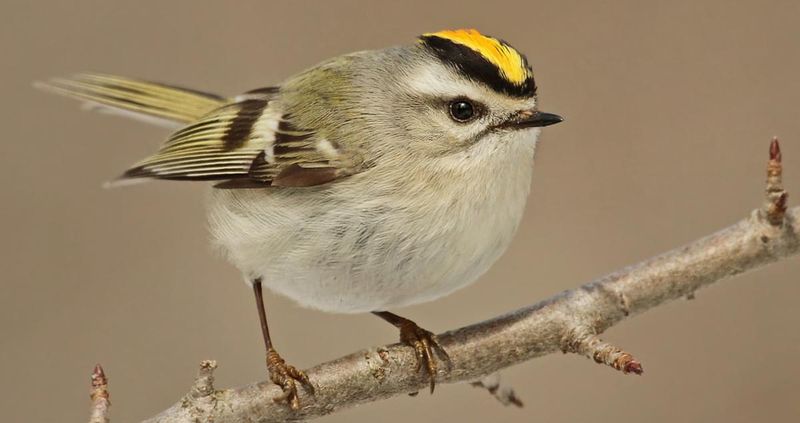
Golden-crowned kinglets weigh less than a penny yet survive winter nights in Alaska and Canada where temperatures plummet to -40°F (-40°C). These tiny songbirds occasionally enter controlled hypothermia, allowing body temperatures to drop significantly below normal.
During extremely cold nights, these birds can enter a state resembling suspended animation. Their metabolism slows dramatically, and body temperatures drop until they’re nearly frozen. They can survive losing up to 50% of their body water to ice formation.
At sunrise, they somehow generate enough heat to thaw themselves without external warmth. Within minutes of revival, they’re flitting about searching for food – a truly remarkable recovery from near-freezing conditions.
13. Arctic Woollybear Caterpillars
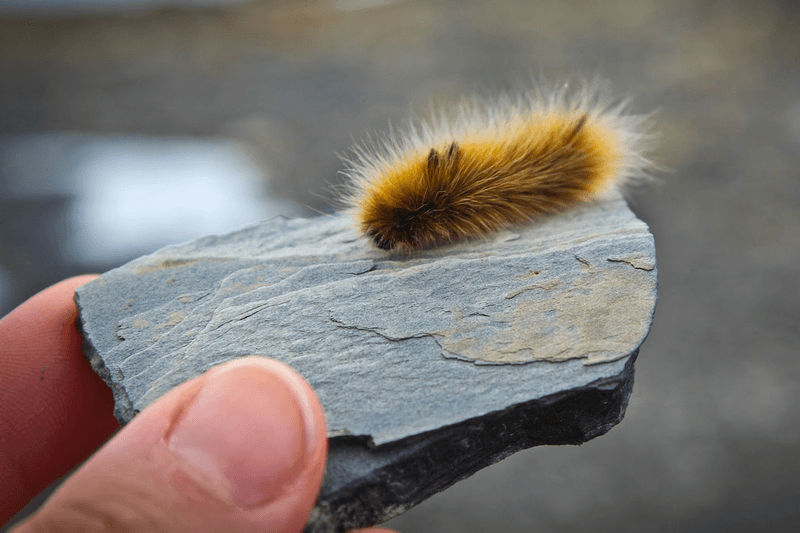
Arctic woollybear caterpillars spend most of their lives frozen solid in the Arctic tundra. Unlike their southern relatives that complete their lifecycle in one year, these remarkable insects remain caterpillars for up to 14 years, freezing and thawing each season.
During winter, they produce glycerol and other antifreeze compounds while removing water from their cells. Their bodies can reach temperatures as low as -70°F (-57°C) while maintaining cellular integrity. Each summer, they thaw for just long enough to feed and grow slightly.
After over a decade of freeze-thaw cycles, they finally pupate and transform into moths. This makes them among the longest-lived caterpillars on Earth – most of that time spent completely frozen!
14. Chorus Frogs
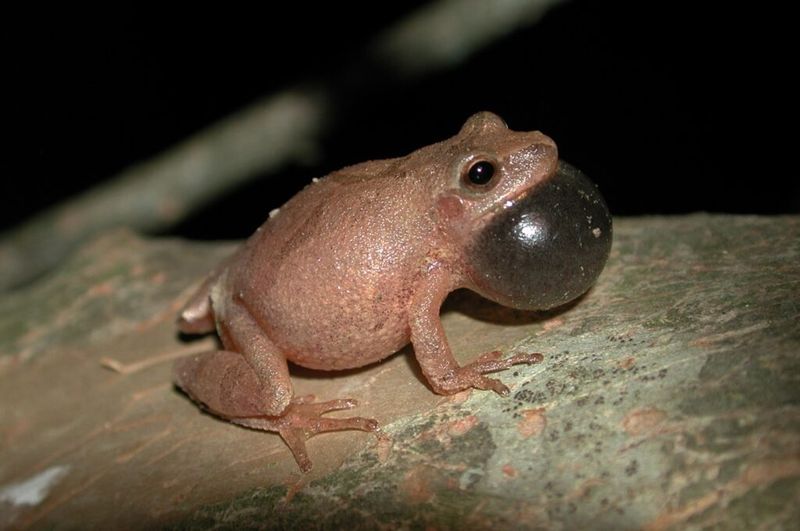
Spring peepers and other chorus frogs create the first amphibian songs of spring immediately after thawing from their frozen winter state. These small frogs allow up to 65% of their body water to freeze solid during winter hibernation.
Their remarkable adaptation includes producing urea and glucose as cryoprotectants that prevent cell death during freezing. Their hearts and breathing stop completely, yet vital organs remain protected by these natural antifreeze compounds.
Within hours of thawing, male chorus frogs begin their distinctive mating calls – an impressive feat considering they were completely frozen just a short time earlier. This rapid recovery demonstrates the extraordinary resilience built into their biology.

